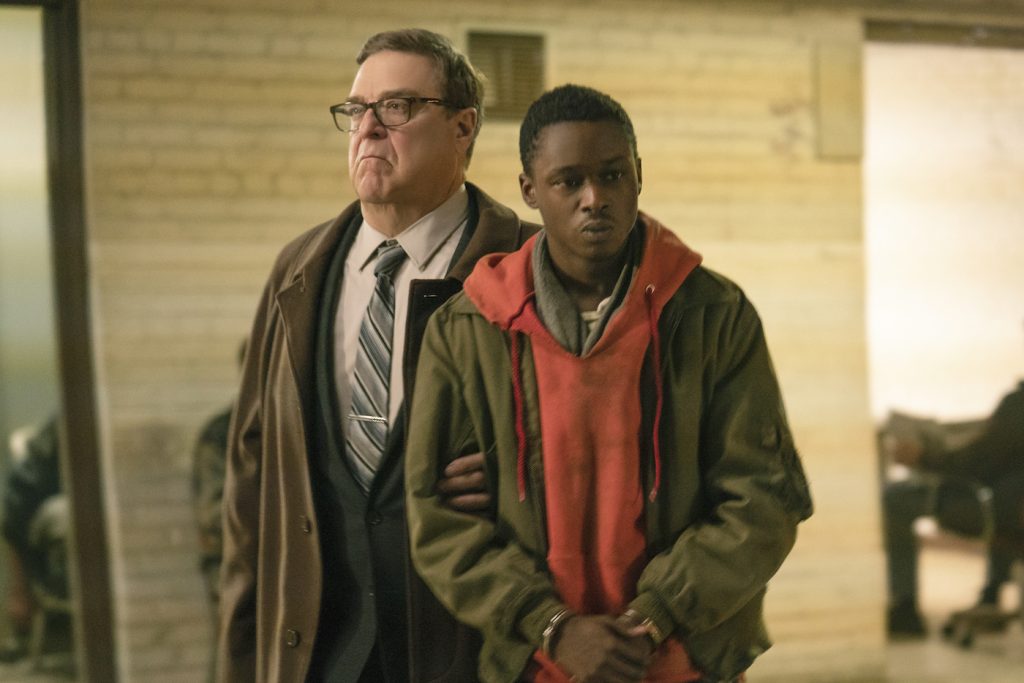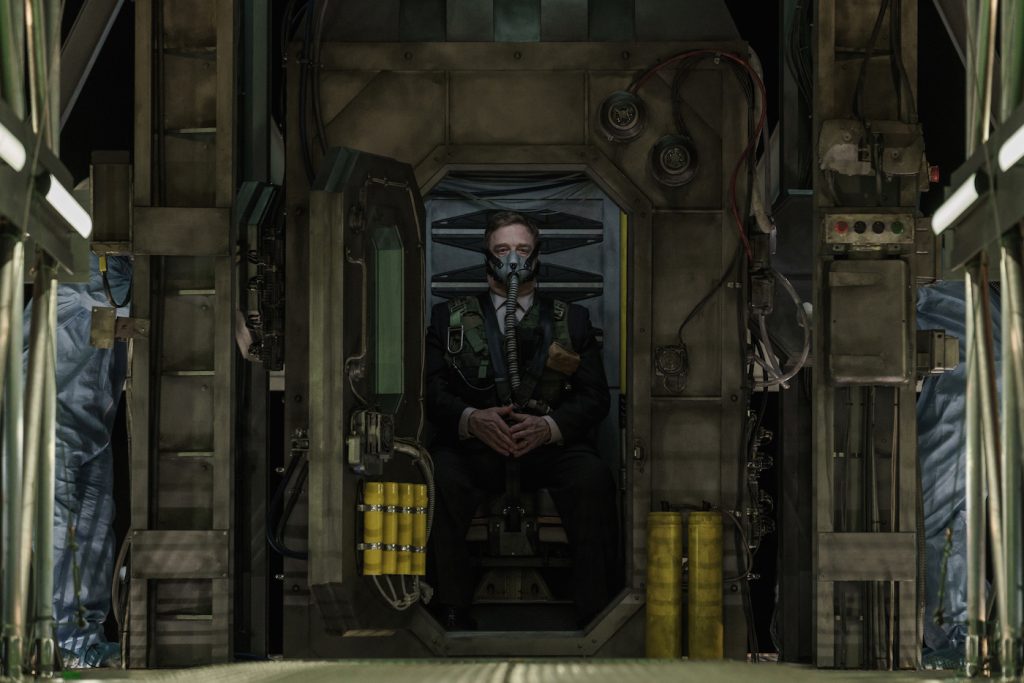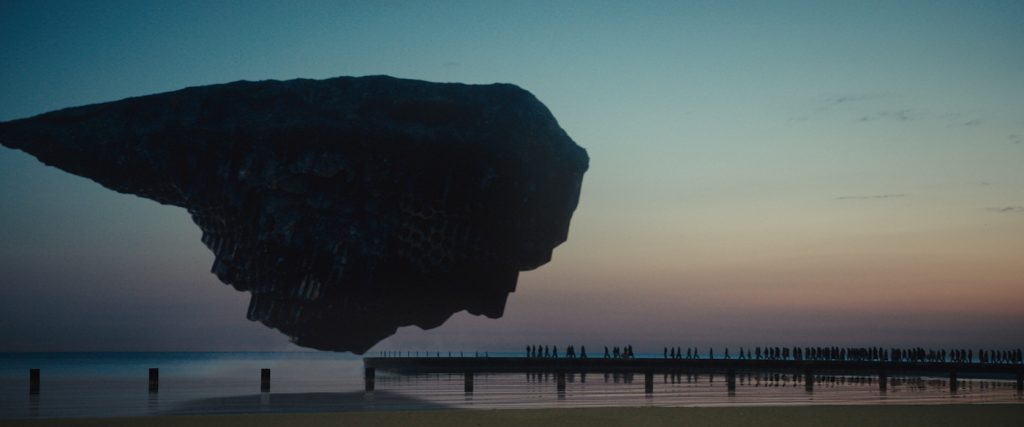Captive State DP Pictures Chicago After Aliens
Director Rupert Wyatt took motion capture technology to the next level in 2011 with VFX-intensive Rise of the Planet of the Apes. For his new sci-fi movie Captive State (opening Friday, March 15), Wyatt and director of photography Alex Disenhof took a stripped-down approach, filming on the wintry streets of Chicago to conjure a near-future urban dystopia ruled by aliens. Ashton Sanders (Moonlight) plays the leader of a resistance movement, with John Goodman cast as the invaders’ surveillance-obsessed collaborator.
Filmmakers considered a number of cities before picking Chicago as ground zero for their story. Disenhof says, “Rupert approached me about making a sci-fi movie that look raw and grounded in a blue collar world using real locations. I scouted Boston, which is where I’m from, and he looked at Pittsburgh. But when we made The Exorcist pilot for Fox in Chicago, we both thought, ‘Yeah this is the place.'”

Cast and crew began work on Captive State in February 2017. “We purposely shot in the winter avoiding sunlight at all cost because we wanted a bleak look,” Disenhof says. To underscore the sense of oppression, he added a filter to his Zeiss Master anamorphic lenses. “The Zeiss lenses are really clean so I wanted to rough them up a little bit,” he explains. “I used the Tiffen Smoque filter, which lifts the shadows a little bit and makes them grimier.”
To further enhance the sense of dread, Disenhof put together a “Look Up Table” that changed hues from their natural state to match a pre-determined palette designed to evoke gloom. “We created this LUT algorithm that skewed things toward green and blue because we wanted to make this world feel oppressed,” Disenhof explains. To arrive at an end-of-the-world color grading, he shot lighting tests and gave the footage to colorist Tim Poole of Company 3. From there, Disenhof says, “Tim shifted the colors around based on what I wanted and output this file, which I could then plug into the camera to apply this look to the footage. You’re still recording a completely flat image, but the LUT card allows you to see what the final film is going to look like after you do your color-grading in post.”

Credit: Parrish Lewis / Focus Features
Disnehofa shot most of the movie on a hand-held Alexa Mini Arri camera that he operated himself. He savors the personal approach. “I’d been prepping the film for months and sitting with these characters for such a long time. I felt like I knew better than anyone else when to take a step in or take a step to the left or the right. With the camera on my shoulder, I could move with the characters in this very rough and tumble way, documenting what was happening.”
Much of Captive State takes place at night. Disenhof took advantage of the city’s outdated sodium vapor street lights as a source of practical illumination rich in atmosphere. He says, “A lot of cities have gone to clean LED streetlights but Chicago has not switched over and we really liked this grittier kind of light. Our urban night scenes have an orange glow from the sodium light, which is not as pleasant on skin tones but makes perfect sense for this analog world where the humans have been set back by the aliens and have to use old technology.”

Credit: Focus Features
To survive the frigid 12-hour night shoots, Disnehofa dressed in the same type of Canadian parkas worn by scientists when they explore the Arctic Circle. He remembers one particularly brutal sequence that took place in the bowels of an abandoned subway tunnel. “It was really cold and nearly pitch black down there,” he says. “I used some re-wired practicals in the ceiling and a couple of lights behind the pillar. You can barely see the background and almost have to squint, but the longer you’re down there, you realize—oh shit!—the wall is covered with these drone alien things! The conditions in the subway were difficult, but it gave the scene an appropriate scariness.”
Featured image: Ashton Sanders stars as Gabriel in Rupert Wyatt’s CAPTIVE STATE, a Focus Features release. Credit: Focus Features



